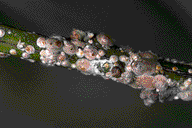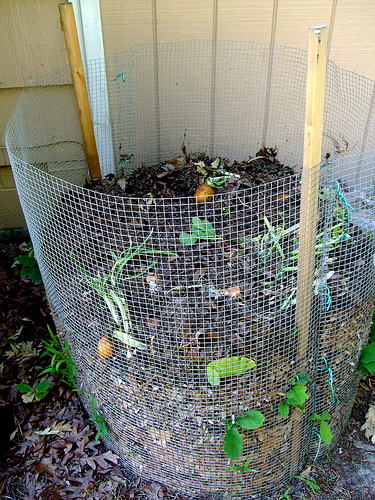If
you buy the plant from online shops or nurseries, the sellers always pack and
ship it with bare root or unpotted. Some people don’t
like this way because the plant will be dormant and also need time to recover in the
first 2-3 months. However, shipping with
bare root has some advantages: less damage to the plant during transportation,
especially big one. The shipment is
cleaner: no soil, small rock or bug. You
will be charged with lower freight due to less weight from soil and pot. Meanwhile, with new root, the cactus will
grow faster and healthier after 6 months that you got it.
Here is the instruction what to do when you get
bare root cactus & succulent.
- Upon receiving your plants, open boxes as soon as possible. If any damaged roots are observed, trim with clean scissors before planting. Keep the new plants somewhat dry until new roots start forming. This can take a few days if hot or weeks or longer if dormant. During the shipping process, some plants may become de-acclimated from their normal full sun environment, and could burn if they are exposed too soon to extremely hot sun.
- Before planting, allow it to dry 10 to 25 days after you receive your cutting. (Thick cuts and cool weather require a longer drying period). To dry the wounds, leave the cutting in a shady, warm exposure, not direct sun.
- Plant it in DRY cactus potting soil and pot about an inch wider than the diameter of your cactus.
- Do not water for another 10 - 25 days. After the cutting develops a root system it is safe to start a light regular watering cycle. Always let the soil dry out completely between applications of water. It is more likely that a cutting will be killed by over watering than under watering.
The
bare root shipping is applied not only to cactus & succulent but also to other
plants such as rose, orchid, nepenthe and etc.
But the ways how to deal with each one after receiving it are
different. So study the plant’s habit
and ask for advice from your seller.



























